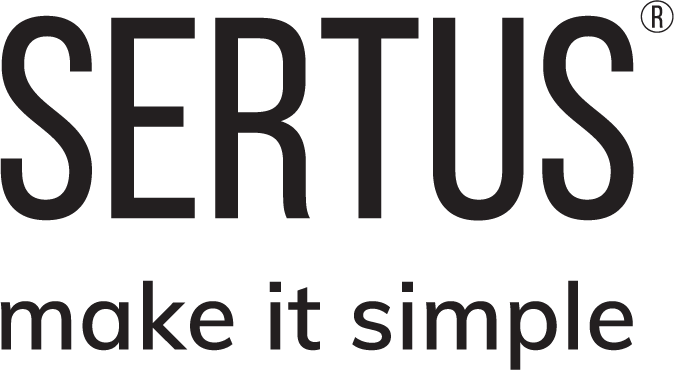Firefighting is serious business. Beyond the heroism of the fighters themselves, there is a complex network of contraptions that ensures the safety of occupants running behind the scenes. Certain concepts help both the designers of these systems and the personnel in charge of battling a fire in an emergency — one of which is tenability.
What is the definition of tenability?
There are several definitions of tenability, but the one we are interested in refers to something ‘being capable of enduring or tolerated’. In situations of fire, humans react in various ways that are influenced by the conditions present. Our ability to perform cognitive and motor functions is what defines a tenable environment. When we’re discussing tenability in relation to smoke control, we mean to what extent can a human endure the conditions in the premises in the case of fire, for example, those in a protected lobby.
What factors impact tenability?
When a building is being designed in accordance with Approved Document B, there’s usually no requirement to assess tenability because the building is code compliant.
However, when we take an alternative route regarding guidance, we have a fire engineered system, and this requires us to assess the effectiveness of the smoke control system. We do this using a computational fluid dynamic, or CFD modelling. This also includes analysing the tenability of a space. When looking at this, the main factors we consider are:
Visibility
Despite not being the cause of death in fires, reduced visibility is a crucial tenability criterion. Evacuees may become disorientated by smoke, meaning they are unable to locate the exit safely. In other words, there is a threshold of fire smoke density and visibility limits for safe evacuation.
Toxicity Levels
The majority of fire deaths are caused by inhalation of toxic gases, oxygen deprivation and similar effects of breathing in smoke. In many cases, fire deaths do not occur in the same area as a fire, but in remote areas where smoke has accumulated. The toxicity criterion is very closely linked to the visibility criterion as typically, the more toxic particles, the worse the visibility.
Exposure Gas Temperature
Exposure to extreme heat leads to incapacitation or death in fire victims through hyperthermia, body surface burns and respiratory tract burns. Hyperthermia occurs during prolonged exposure (around 15 minutes or more) to heated environments with temperatures too low to cause burns.
How do fire engineers and fire fighters determine tenability?
While there are no definitive limits set, there are commonly adopted criteria that fire engineers use to assess tenability. For the means of escape phase (when the occupants are evacuating the building) the criteria dictates that exposure gas temperature and thermal radiation flux (irradiance) limits of 60°C and 2.5KW/M2. The travel time to the stair door is assessed too.
There are also criteria for how long it should take to return a zone to tenability. The Smoke Control Association (SCA) guide states: “A time-dependent analysis will be required to determine how long it takes to return the corridor to a specified visibility or other tenability criteria once the apartment door has closed. A maximum of two minutes should be achieved.”
The tenability criteria for the fire fighting phase of the fire is somewhat different, and this is because firefighters have PPE (personal protective equipment). It’s also worth nothing at all times, during both the means of escape and the firefighting phases, the staircase must be free of smoke.
There are some great sources on our blog and YouTube where you can look for more information on tenability. It’s safe to say that the best place to start is the SCA guide and the 2020 revision. If you’ve got any questions, don’t hesitate to contact us.
